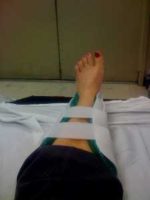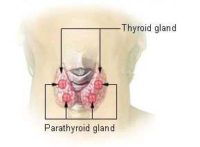Author Interviews, Cognitive Issues, JAMA, Social Issues / 18.05.2018
Are Well-Off People Protected from Dementia?
MedicalResearch.com Interview with:
Dr Dorina Cadar
Research Associate in Dementia
Psychobiology Group
Department of Behavioural Science and Health
University College London
London
MedicalResearch.com: What is the background for this study?
Response: Dementia is one of the most feared medical conditions, which represents a significant global challenge to health and social care.
Education may serve different roles in the development of dementia: it is a proxy for early life experiences and (parental) socioeconomic status, it is related to future employment prospects, income and wealth, determines occupational exposures and characteristics of adult life (e.g., job complexity, work stress, environmental exposures) and it provides lifelong skills for optimal mental abilities and mastery. However, given that education is typically completed many decades before dementia onset, other individual and area-based components of socioeconomic status, such as wealth, income and area deprivation may provide a more accurate indication of current socioeconomic resources. Also, at older ages, accumulated wealth represents a more robust measure of socioeconomic resources than income or occupation alone.
(more…)











